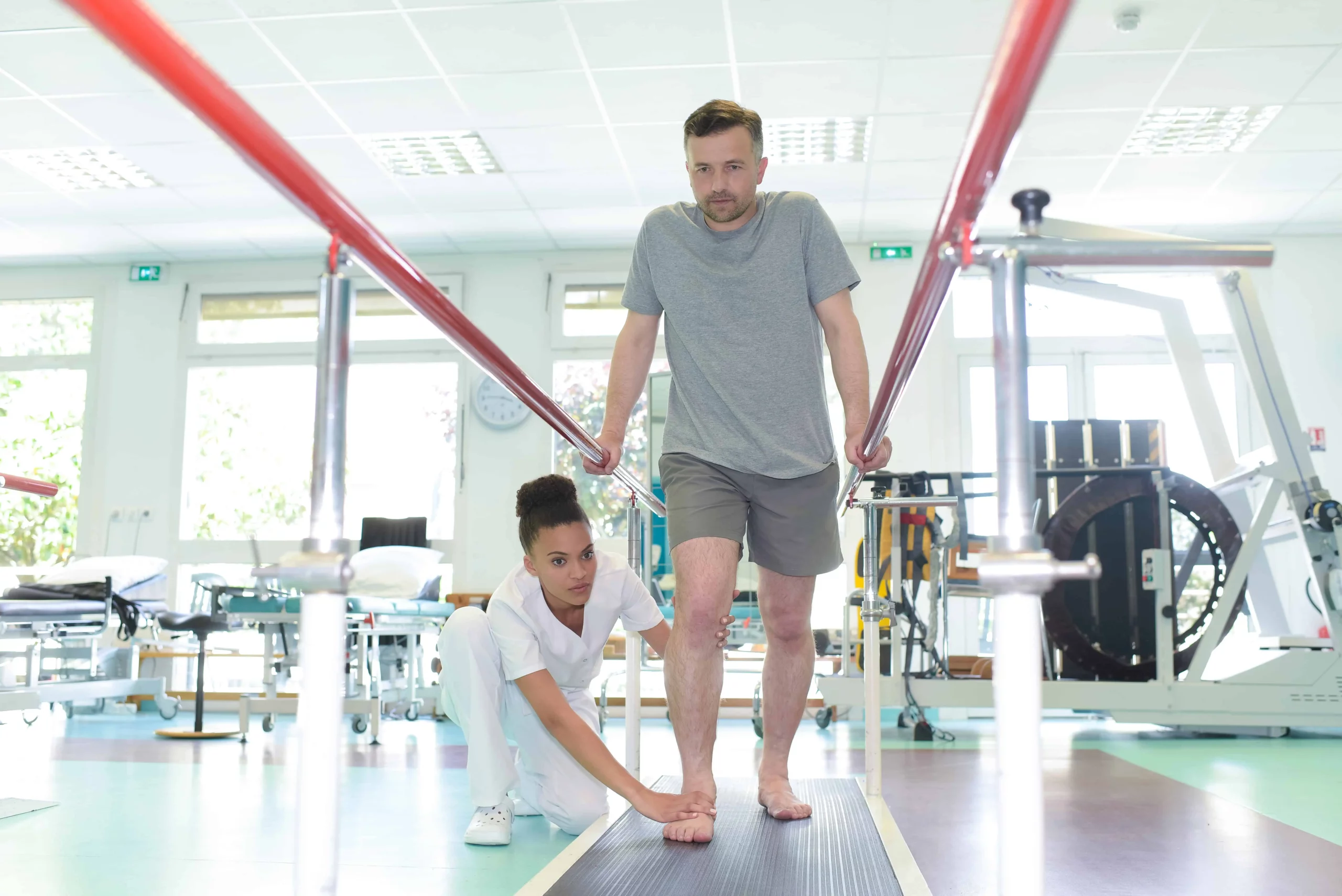Table of Contents
Introduction
Are you grappling with the discomfort and pain of carpal tunnel syndrome? The throbbing ache, tingling sensations, and discomfort in your wrists and hands can be debilitating. If you’re seeking relief beyond traditional methods, there might be a solution that is both accessible and effective – exercise. This blog post explores the intriguing question: Does exercise help with carpal tunnel? Let’s explore the possibilities and uncover the potential benefits of incorporating a carpal tunnel exercise program into your routine.
Decoding Carpal Tunnel Syndrome
Before we dive into the realm of exercises, let’s grasp the basics of carpal tunnel syndrome. A carpal tunnel is a narrow passageway on the palm side of the wrist, housing the median nerve and tendons. When this tunnel becomes compressed or irritated, it results in the notorious carpal tunnel syndrome. Typing, repetitive hand motions, and certain medical conditions contribute to its onset.
The Need for a Holistic Approach
While conventional treatments like wrist splints and medication offer relief, many individuals are exploring holistic approaches to manage carpal tunnel symptoms. This shift in perspective has given rise to the concept of carpal tunnel exercise programs.
The Benefits of Carpal Tunnel Exercise Programs
Understanding the Mechanism
A well-designed carpal tunnel exercise program targets the underlying causes of the condition. These exercises aim to strengthen the muscles in the hand and wrist, improving overall flexibility and reducing strain on the median nerve. By addressing the root issues, exercise becomes a proactive and empowering tool in managing carpal tunnel.
Enhanced Blood Circulation
Engaging in targeted exercises promotes better blood circulation to the affected area. Improved circulation reduces inflammation and swelling, common symptoms of carpal tunnel syndrome. As muscles receive adequate oxygen and nutrients, they are better equipped to recover and resist further damage.
Prevention of Stiffness
Carpal tunnel exercise programs often incorporate movements that combat stiffness in the hand and wrist joints. The fluidity of motion can prevent joints from becoming rigid, relieving those experiencing stiffness due to carpal tunnel syndrome.
The Carpal Tunnel Exercise Program Advantage
Tailored to Individual Needs
One of the significant advantages of a carpal tunnel exercise program is its adaptability to individual needs. These programs can be tailored to accommodate varying severity and specific symptoms. Whether you’re dealing with mild discomfort or more pronounced symptoms, a well-structured exercise routine can be adjusted to suit your unique circumstances.
Convenience of Home Exercises
Enter the realm of carpal tunnel home exercise programs – an accessible and convenient option for many. These exercises can be performed in the comfort of your home, eliminating the need for specialized equipment or frequent visits to a physical therapist. The flexibility of these programs makes them an attractive choice for those with busy schedules.
Key Exercises for Carpal Tunnel Relief
Wrist Flexor Stretch
- Start by extending your arm straight in front of you.
- Bend your wrist, pointing your hand downward.
- Gently apply pressure to your bent hand using your opposite hand.
- Hold the stretch for 15-30 seconds and repeat on the other hand.
Median Nerve Gliding Exercise
- Begin with your hand in a neutral position.
- Gradually flex your wrist down, then extend it up.
- Follow this movement with a gentle bending of your fingers.
- Repeat the sequence 10 times.
Finger Stretch
- Extend your hand in front of you, palm facing outward.
- Gently pull back each finger, holding for 15-30 seconds.
- Repeat the stretch for each finger on both hands.
Incorporating Exercise into Daily Life
Consistency is Key
While performing these exercises occasionally may provide some relief, consistency is the key to unlocking their full potential. Consider integrating these exercises into your daily routine, creating a habit that contributes to long-term benefits.
Mindful Ergonomics
In addition to exercises, adopting ergonomic practices in your daily activities can further alleviate carpal tunnel symptoms. Pay attention to your working posture, use ergonomic tools, and take regular breaks to stretch and move.
Conclusion – Empowering Your Journey to Carpal Tunnel Relief
In conclusion, the relationship between exercise and carpal tunnel relief is promising for those seeking a holistic approach to managing their symptoms. Whether you opt for a structured carpal tunnel exercise program or prefer the convenience of home exercises, the benefits are tangible. Consistency is key, and coupling exercise with mindful ergonomics can empower your journey towards relief.
If you’re ready to take the next step, consider consulting with Hudson Premier Physical Therapy & Sports experts. Their guidance can provide personalized insights into crafting a carpal tunnel exercise program tailored to your needs. Don’t let carpal tunnel syndrome dictate your daily life – embrace the power of exercise and reclaim control over your well-being.







